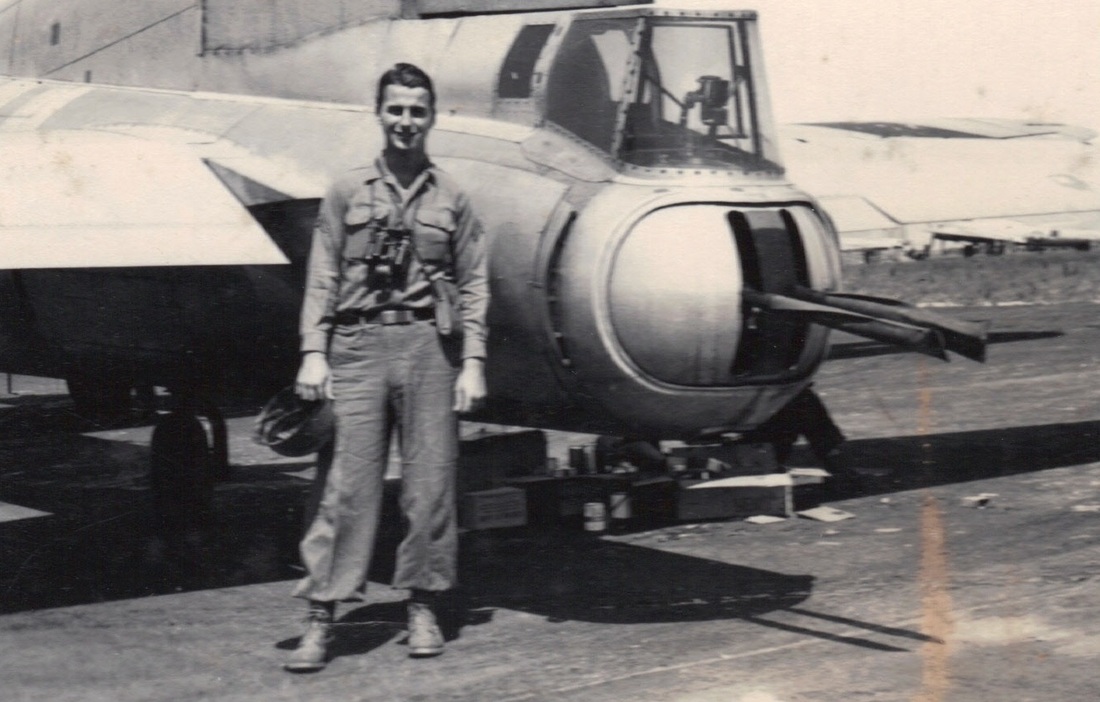Sergeant Charles G. BrownReflections on this veteran's military serviceSubmitted by Laura Brown
Charles Brown was a Combat Engineer - from his memoirs: "We were told that the top 10% of West Point was assigned to the Corps of Engineers because this branch required more intelligence. However, there are engineers and there are Combat Engineers. The former work behind the lines on major construction projects, but the mission of Combat Engineers is to go ahead of the Infantry or the Armored divisions and remove any impediments that is in their way. These impediments include pillboxes, "dragon teeth", roadblocks, tank traps, mine fields and most importantly rivers. Every man had to be proficient in firearms and in several "engineering" jobs (rigging, carpentry, demolitions, etc.). Interestingly, the Germans called their combat engineers "Kampf Pioneers", that is, "battle pioneers", and we all know where the pioneers are stationed: out in front. Our battalion was to sustain a 52% casualty rate. Combat Engineers of any army are a special breed because most of their combat time involves doing a task under fire where they cannot fire back and must depend on others to "cover them". Hence, we rarely had a chance to fire on the enemy while he threw everything at us."
He helped liberate several concentration and POW camps: "Liberating concentration camps was as bad as depicted. There was no pretense at saving lives. Those who could work were merely on borrowed time until hunger and exhaustion made them expendable. Even when liberated, they could not smile and thousands died after liberation despite all efforts to save them. They had to be given thin soup and weaned upward toward solid food. One of our boys gave an inmate a hard-tack C ration biscuit and the shock of the solid food killed him. Corpses were stacked up like cordwood and the smell was overpowering." Lipizzans: "The 3rd Army headed south into the Austrian Alps. One night the word went out. 'Can you ride a horse?' I couldn't but I volunteered just to do something different. In the dark of night we mounted these huge white horses and took off westward. I spent my time just hanging on for dear life. My horse paid no attention to me, just following the horse in front. I later found out that these were the world famous Lipizzan horses from Vienna being "liberated". Patton, a horse lover, volunteered us for this midnight ride." Charles G. Brown grew up in Ohio, moved to Illinois and then to California, he resided in San Marcos and his fifth child has lived in Lakewood for over 20 years. (Posted 2016) |
Copyright © 2023 City of Lakewood, California

